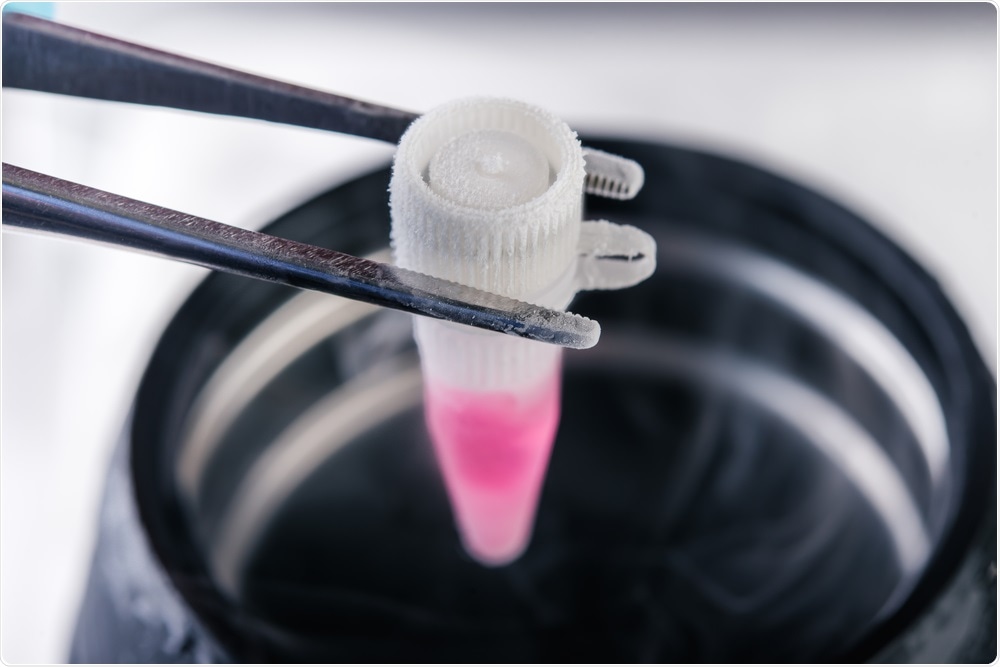A Russian research facility which holds one of the world's largest collections of viruses, as well as being one of only two in the world to keep live smallpox samples on-hand, has suffered an explosion, triggering concerns over potential biological contamination.
 Elena Pavlovich | Shutterstock
Elena Pavlovich | Shutterstock
The Vektor center in Koltsovo, located just 20km from Russia’s third most populous city of Novosibirsk, was undergoing refurbishment when the explosion happened.
Official statements have confirmed that a sanitary inspection room on the fifth floor of the six-story lab was being repaired when a gas canister exploded, shattering glass but fortunately causing no major structural damage. The fire spread over 30 square meters before emergency services were able to put it out.
In an official statement, the company, Vektor, extinguished concerns over contamination, confirming that no work with biological materials was being conducted in that particular area of the building. One person has been hospitalized as a result of Monday’s incident, recovering from burns in intensive care.
Koltsovo’s mayor, Nikolai Krasnikov has also stressed that no biological threat was posed to the residents, confirming that the center’s secure collection of deadly viruses had not been compromised.
A cold war biological weapons center
Vektor is thought to have been a Cold War biological weapons research center, set up in 1974 as a closed institute for researching defenses against bacteriological and biological weapons as well as for developing vaccines.
It is described as being enveloped in barbed-wire fences, with watchtowers occupied by armed guards, giving it the feel of a military installation.
As recently as the 1990s the center has been implicated in the development of biological weapons, with a Soviet official revealing this as fact to the US after leaving Russia.
Today, Vektor is home to one of the biggest collections of viruses in the world, housing Ebola, HIV and swine flu, as well as samples of smallpox, bird flu and different strains of hepatitis. Much of the work that occurs at the center these days is focussed on diagnosing and treating these infectious diseases.
Is it safe?
The impact of what’s happened here at Vektor has fuelled concerns over the safety of the center, and the other Cold War-era secret installations still in use in the country. Given that this is not the first accident to occur in recent years, skepticism is rising over the level of safety at these institutions.
In May of 2004, an accident resulted in the death of a Vektor lab scientist, who accidentally infected herself with ebola after jabbing herself with a syringe containing the virus. Reports say she had been experimenting on guinea pigs at the time and had been wearing the appropriate safety equipment and clothing.
What has occurred this week at Vektor is reminiscent of the 1978 mystery of the very last woman to have been reported to die of smallpox. A woman in Birmingham became infected with the virus after it was thought to have been widely eradicated. It was suspected that she had become infected through samples that had escaped from a lab at the Birmingham Medical School.
A breach in security leading to the release of life-threatening samples would have serious implications not just for the health of those in close proximity, but for the world if the accidental release of these viruses were to begin another epidemic.
It is not just the safety of Vektor which is causing concern, last month at Russia’s Nyonoksa naval test range five nuclear engineers and two military personnel died as a result of an "isotope-fuel" engine explosion which also released low-level radiation into the environment.
While officials have denied any breach of safety at Vektor, the concern still remains as to whether the appropriate level of safety precautions are being taken at the center and at similar ones across the country.